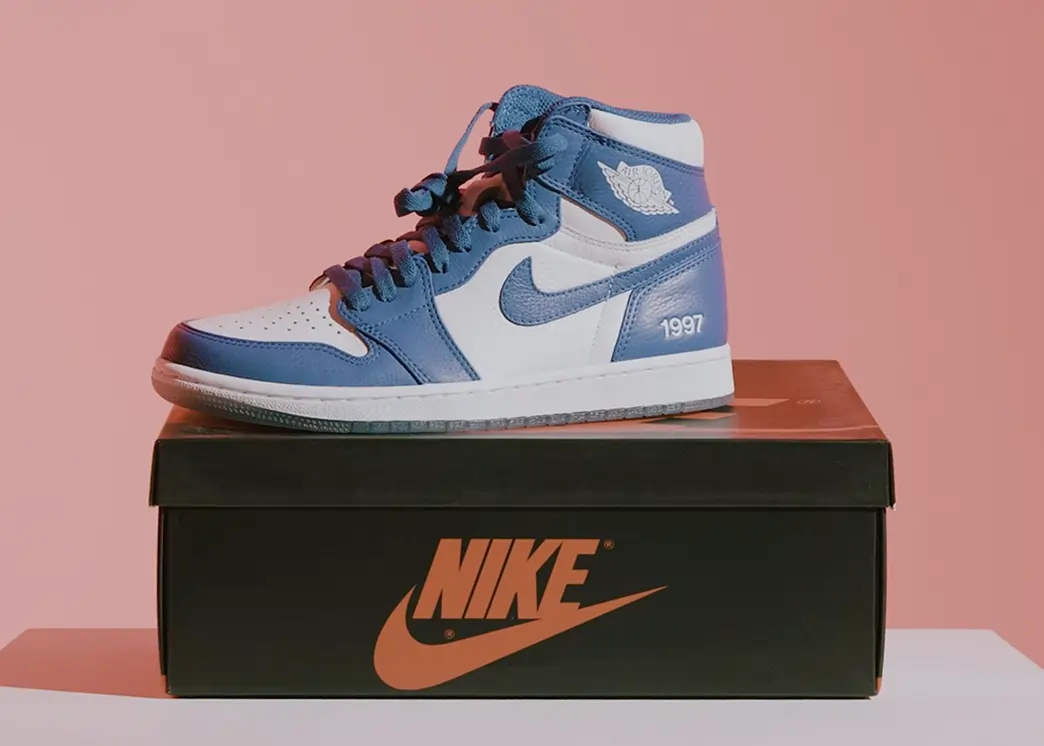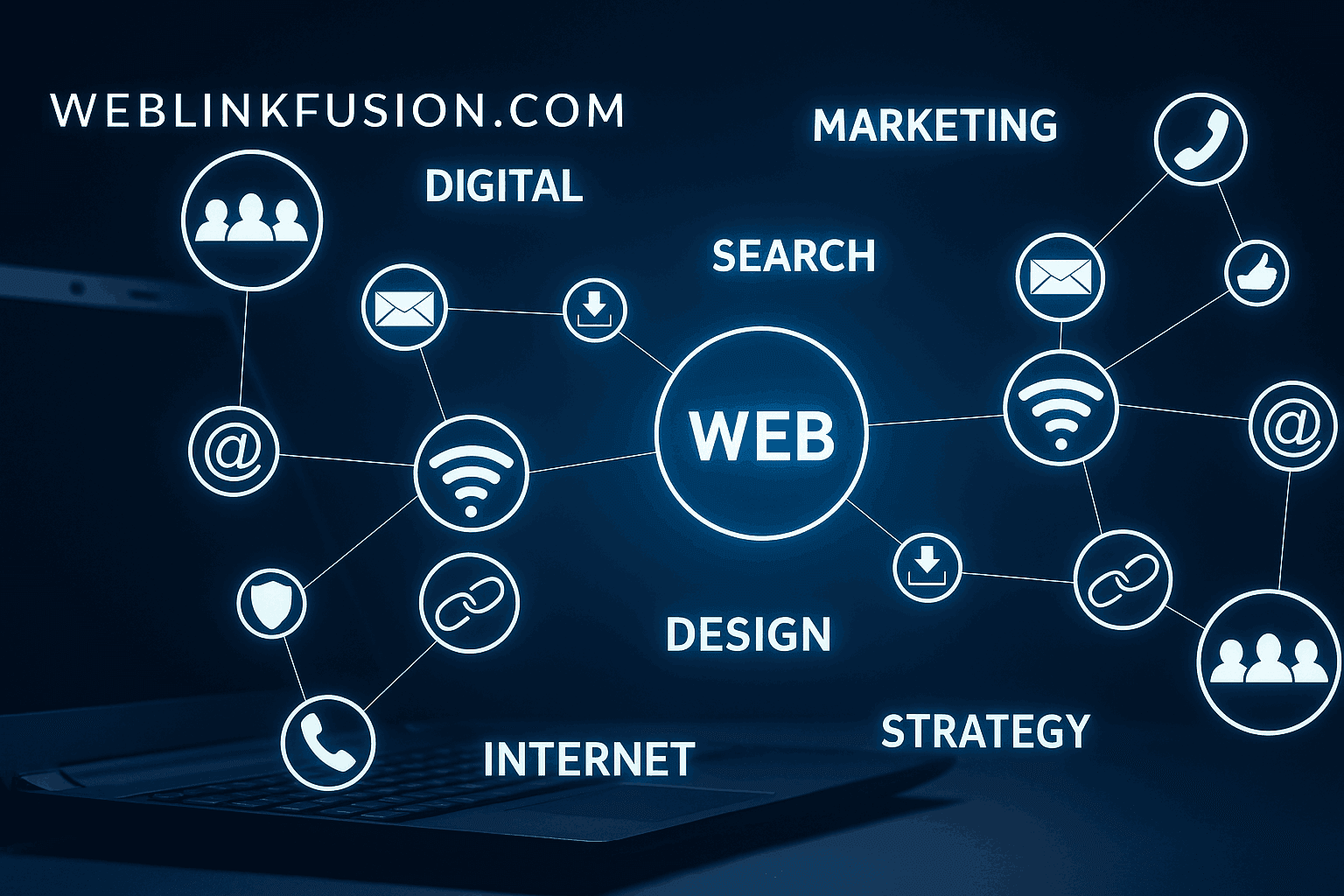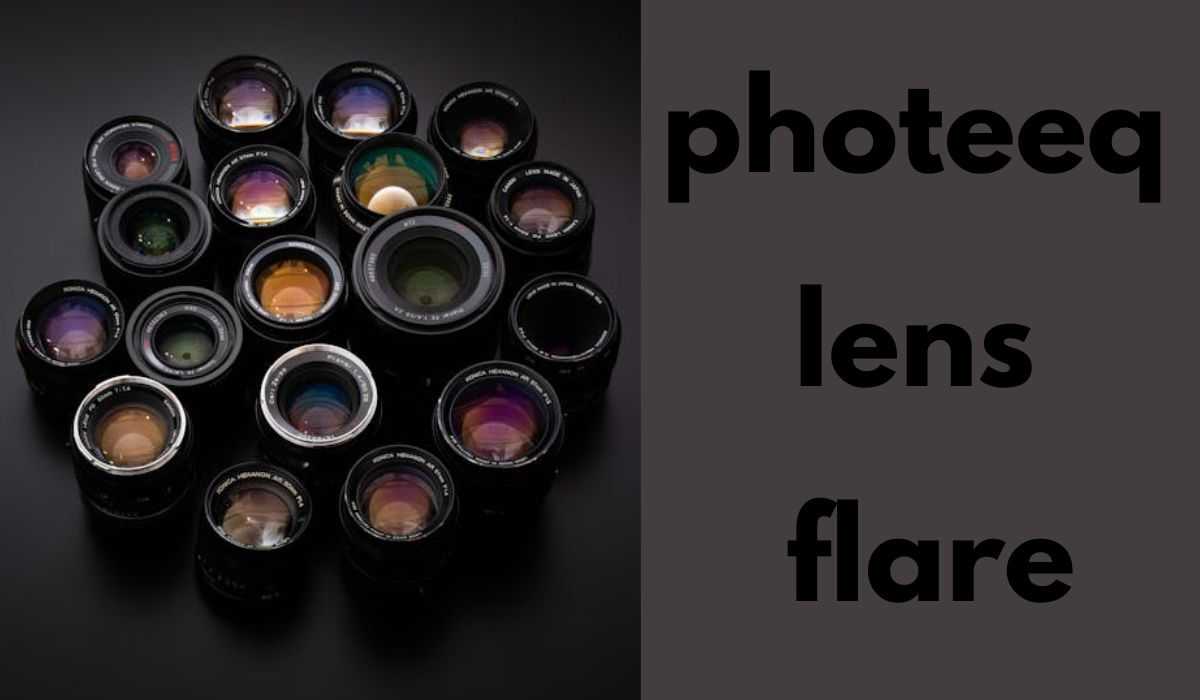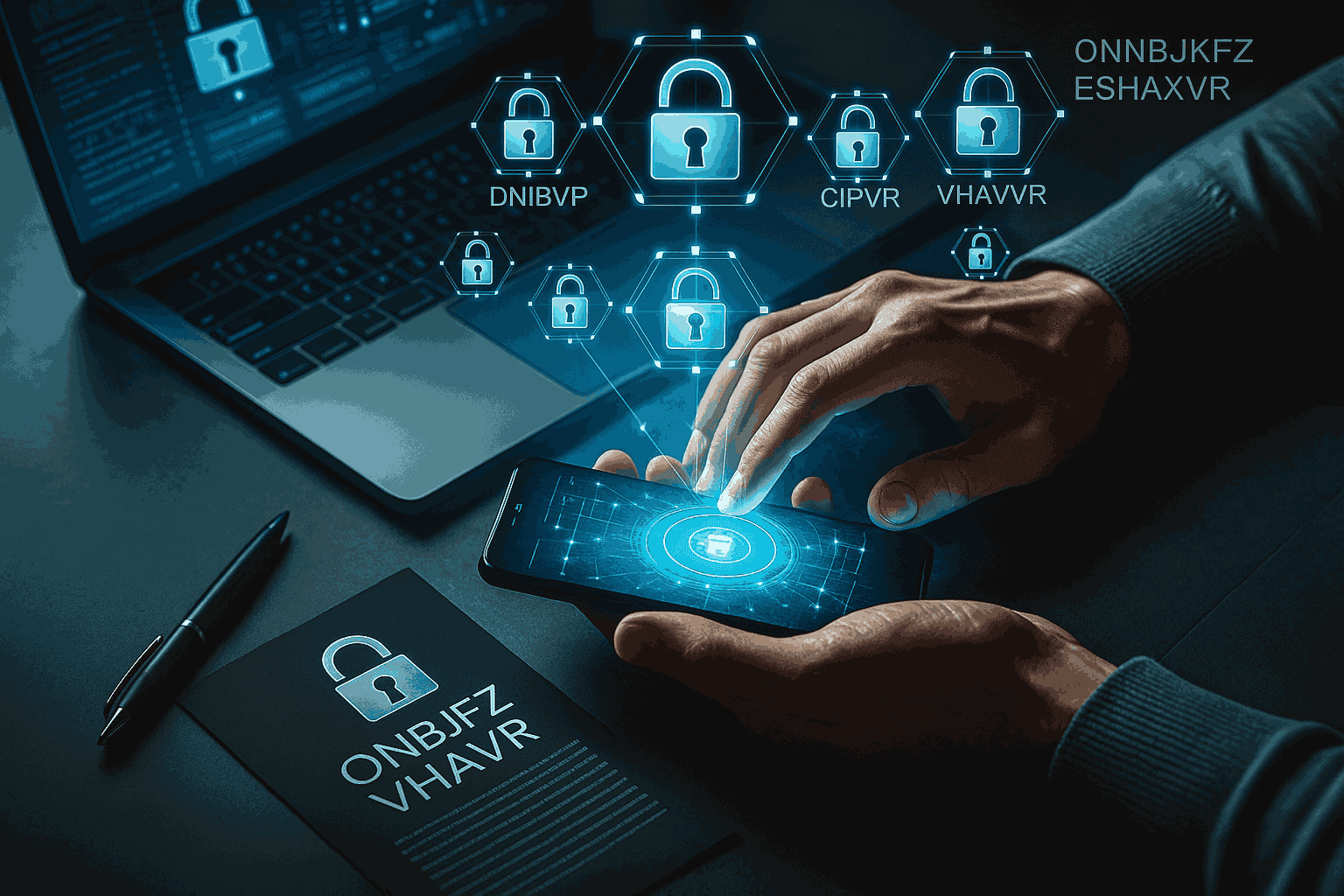In the world of streetwear and athletic fashion, few items carry as much weight as a pair of authentic Air Jordans. These sneakers, born from a collaboration between Nike and NBA legend Michael Jordan in 1984, have transcended their original purpose as performance footwear and become a cultural icon. However, with high demand comes high prices, and an underground industry built around fake Jordans and counterfeit sneakers has flourished as a result.
The Allure of Fake Jordans
To many consumers, the high resale prices of authentic Jordans are simply out of reach. Limited releases, sneaker raffles, and resale markups often make it nearly impossible for the average person to own a coveted pair without spending hundreds or even thousands of dollars. Enter fake Jordans—affordable, accessible, and often visually identical to the real deal.
Thanks to technological advancements, counterfeit manufacturers have become exceptionally good at replicating sneakers. So-called “super fakes” or “replicas” can be nearly indistinguishable from authentic pairs, at least at a glance. In many cases, these fakes are sold knowingly through gray-market websites, social media, or even flea markets. Some buyers are fully aware they’re purchasing knockoffs, while dishonest sellers dupe others.
A Booming Black Market
The global counterfeit sneaker industry is massive, with estimates suggesting it’s worth billions of dollars. China is often cited as the main hub for production, but the network is international, and counterfeit sneakers can be shipped anywhere in the world. Jordan Brand, Yeezy, Nike, Adidas—no major name is safe.
Fake sneakers range in quality. Some are cheap imitations that fall apart within weeks. Others are so well-crafted that even seasoned sneakerheads struggle to tell the difference. These “high-tier replicas” often use similar materials and molds as the real ones, blurring the line between fake and authentic.
Risks of Buying Fake Sneakers
There are several risks associated with purchasing or wearing fake Jordans:
-
Legal Issues: Selling counterfeit goods is illegal in most countries. In some cases, even knowingly purchasing counterfeit items can result in penalties, especially when crossing international borders.
-
Health and Safety: Real sneakers are designed with performance, support, and safety in mind. Fake versions might not offer the same cushioning, arch support, or durability, potentially leading to injuries.
-
Quality Control: Counterfeit products rarely go through rigorous testing. Defects, poor stitching, and subpar materials are common issues.
-
Scams: Many fake sneaker websites are fraudulent. Customers pay and receive nothing or get a product completely different from what was advertised.
Ethical Concerns
Beyond legality and personal risk, the fake sneaker industry raises significant ethical concerns:
-
Exploitation: Counterfeit factories often operate under poor labor conditions, with workers receiving little pay and few protections.
-
Brand Theft: When someone buys fake Jordans, they’re essentially taking revenue away from Nike and its partners—many of whom rely on those sales to stay in business.
-
Cultural Dilution: Sneaker culture thrives on authenticity, history, and originality. The influx of fakes can dilute the significance of rare and iconic designs.
Why Some People Still Choose Fakes
Despite the risks, a growing number of consumers knowingly purchase fake Jordans. Social media has played a role in normalizing replicas, with influencers and forums dedicated to discussing high-quality fakes. Some see it as a protest against the exclusivity and high prices of sneaker drops. Others simply want the look without caring about brand loyalty.
There’s also a philosophical debate at play: If a fake looks, feels, and functions the same as the real product, does it matter that it’s not authentic? For some, the answer is no. They see sneaker culture as overly commercialized and exclusionary, and buying fakes is a way to opt out of that system.
How to Spot Fake Jordans
For those trying to avoid fakes, here are a few tips to authenticate your sneakers:
-
Check the Box: Real Jordans come in high-quality boxes with correct labeling, fonts, and barcodes.
-
Inspect the Stitching: Authentic pairs have clean, even stitching. Loose threads or messy construction are red flags.
-
Look at the Logo: Michael Jordan’s Jumpman logo should be well-proportioned. Fakes often have awkward shapes or incorrect positioning.
-
Use Legit Check Services: Websites and apps like StockX, GOAT, and CheckCheck offer legit checks by experts.
-
Compare to Official Photos: Always compare your pair with photos from Nike’s official website or trusted retailers.
Final Thoughts
The counterfeit sneaker market isn’t going away anytime soon. As long as demand for Jordans and other limited-release sneakers remains sky-high, fake versions will continue to circulate. While some may argue that replicas democratize fashion, others point to the legal, ethical, and cultural damage caused by counterfeits.
In the end, whether you wear authentic Jordans or choose to rock a replica, the decision comes down to personal values. If you’re chasing status and investment value, fakes won’t cut it. But if you simply love the look and feel—and are willing to accept the trade-offs—then fakes might be your entry point into a pricey, competitive world.
Regardless of your stance, one thing is clear: sneakers, whether real or fake, are more than just shoes—they’re a symbol of identity, creativity, and community.




